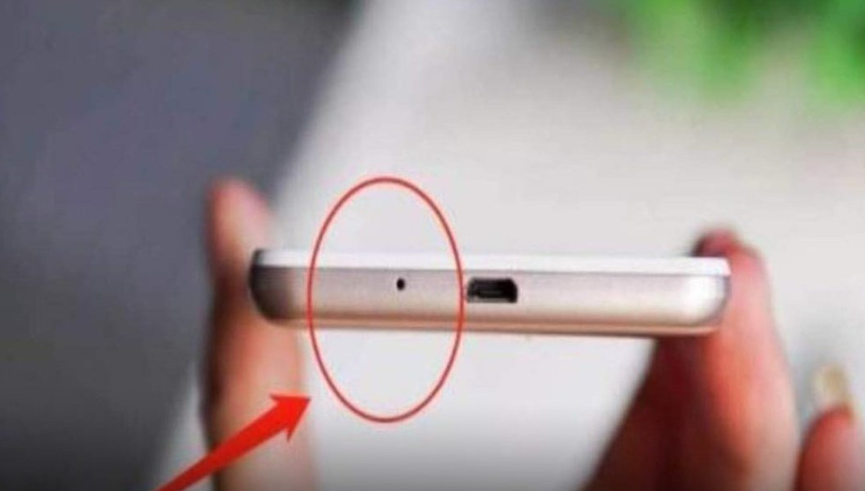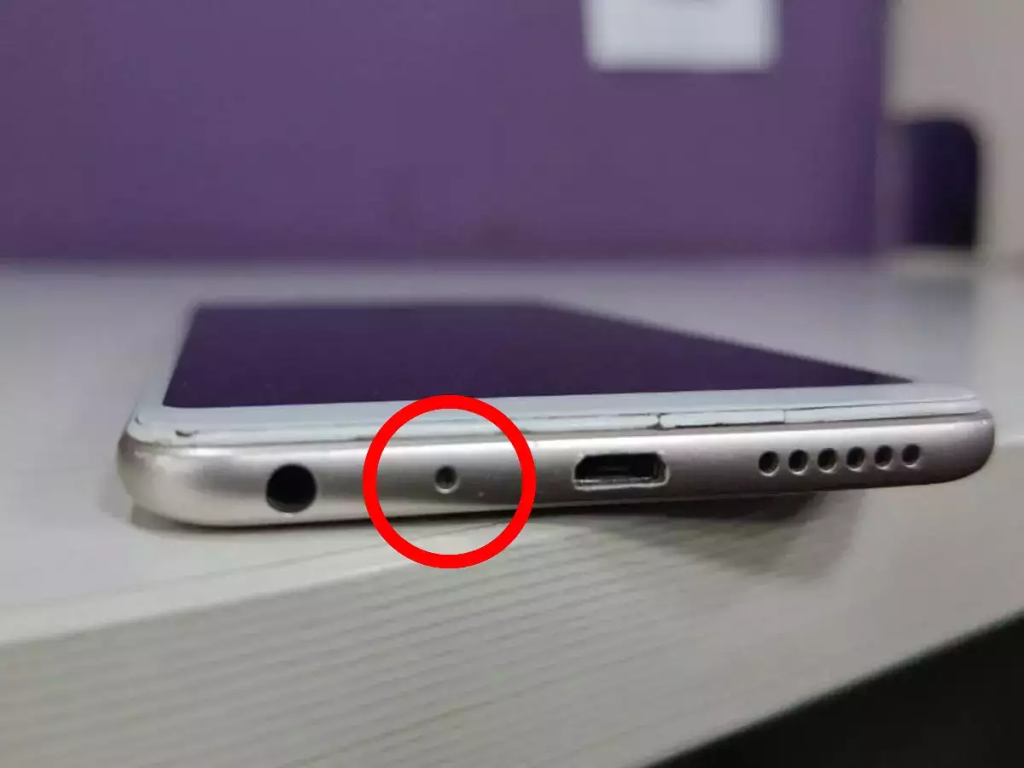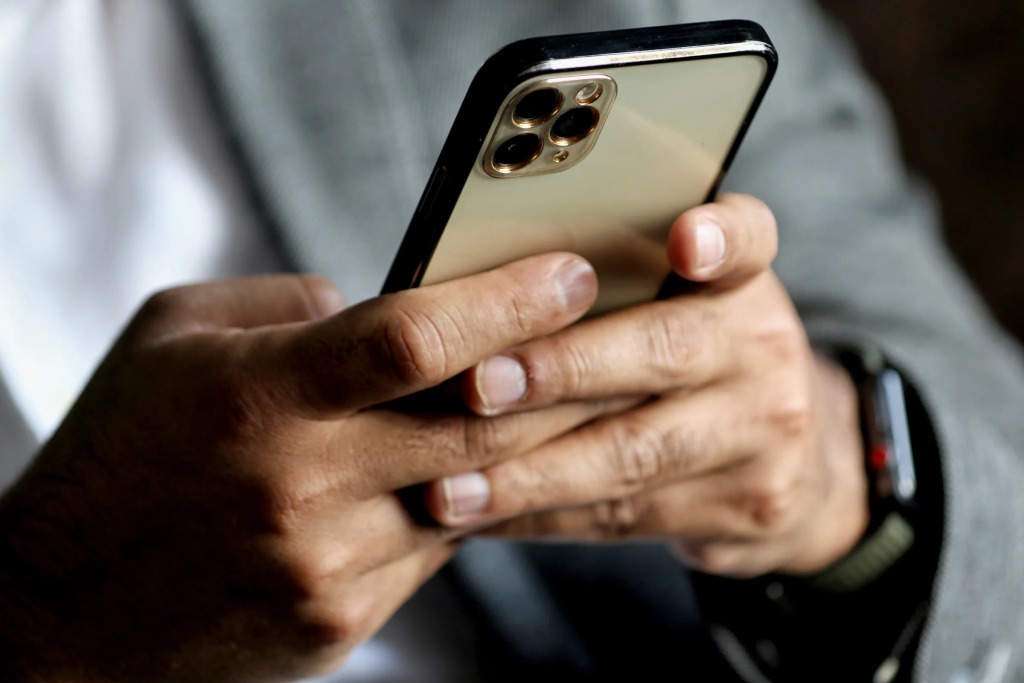Have you ever noticed a small round hole near the top or back of your smartphone and wondered what it does? Some people mistake it for a reset button, an IR blaster, or even a hidden feature waiting to be unlocked. But in reality, this tiny hole serves an important purpose that directly impacts your call quality, voice recordings, and noise reduction.
This small but essential component is actually a secondary noise-canceling microphone, and it plays a key role in ensuring crisp, clear sound during phone calls and recordings. Let’s break down exactly how it works, why it’s important, and how it enhances your smartphone experience.
What Is the Small Round Hole on Your Phone?

Most modern smartphones come equipped with multiple microphones. While the main microphone is usually at the bottom of the phone near the charging port, the secondary microphone—the small round hole—can be found at the top, back, or near the camera.
It’s a Noise-Canceling Microphone
This tiny hole is actually a secondary microphone designed to cancel background noise. Whether you’re on a call or recording a video, this microphone filters out unwanted sounds, ensuring that your voice is clear and free from distractions.
It Works with Dual-Microphone Technology
Most smartphones today use dual-microphone noise reduction technology, where the primary microphone captures your voice, and the secondary microphone helps eliminate background noise.
Without this feature, your phone calls would be filled with wind, traffic, or chatter from people nearby, making conversations much harder to understand.
How the Noise-Canceling Microphone Improves Your Calls
The noise-canceling microphone plays a vital role in enhancing call quality by filtering out background noise. When you speak into your phone, the primary microphone picks up your voice while the secondary microphone captures the surrounding noise. The phone’s internal software then processes this information, reducing background noise so that the person on the other end hears only your voice.
This technology is especially useful in loud environments like cafes, busy streets, or public transportation. Even in noisy places, the person you’re speaking to can hear you clearly without interference from surrounding sounds.
The Role of the Secondary Microphone in Video Recording
The secondary microphone doesn’t just improve call quality; it also plays a major role in recording high-quality audio for videos. When you record a video, your phone’s microphones work together to capture clear, balanced sound while minimizing background noise.
Without the secondary microphone, recordings would pick up excessive wind noise, echoes, or unwanted ambient sounds, making the audio less professional and harder to understand.
Why Smartphones Have More Than One Microphone

Having multiple microphones is now a standard feature in most smartphones because of the various functions they serve. While the main microphone is responsible for capturing voice input during calls, voice commands, and recordings, the secondary microphone enhances overall audio quality by isolating and removing unwanted noise.
Many flagship smartphones even have a third or fourth microphone placed strategically around the device to provide even better noise reduction and improve features like voice recognition, virtual assistants, and stereo audio recording.
What Happens If the Secondary Microphone Is Blocked or Damaged?
If the secondary microphone is blocked, covered, or damaged, you might notice issues with call clarity, voice commands, or video recording. Some common problems include:
- People on the other end of your calls struggling to hear you clearly
- Excessive background noise during conversations
- Poor-quality audio in recorded videos
- Voice assistants like Siri or Google Assistant having trouble recognizing commands
To avoid these issues, keep your phone’s microphones clean and free from dust, dirt, or obstructions. If you use a phone case, make sure it doesn’t block the small round hole.
Conclusion

The small round hole on your phone is more than just a design feature—it plays a crucial role in noise reduction and call clarity. The secondary microphone works alongside the primary microphone to filter out background noise, making phone calls, voice recordings, and video audio much clearer.
Understanding this tiny but powerful component helps you appreciate how modern smartphones enhance communication quality. Next time you see that small hole, you’ll know it’s not just there for decoration—it’s an essential part of your device’s advanced sound system.


